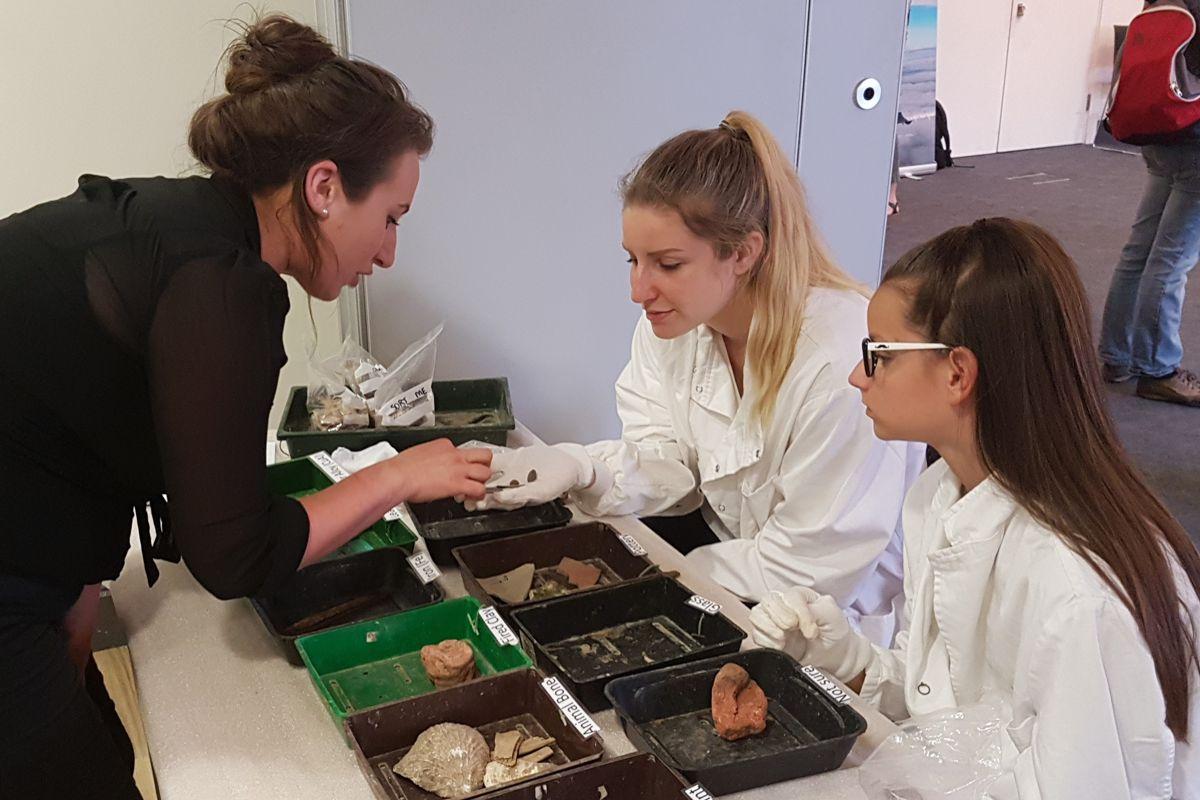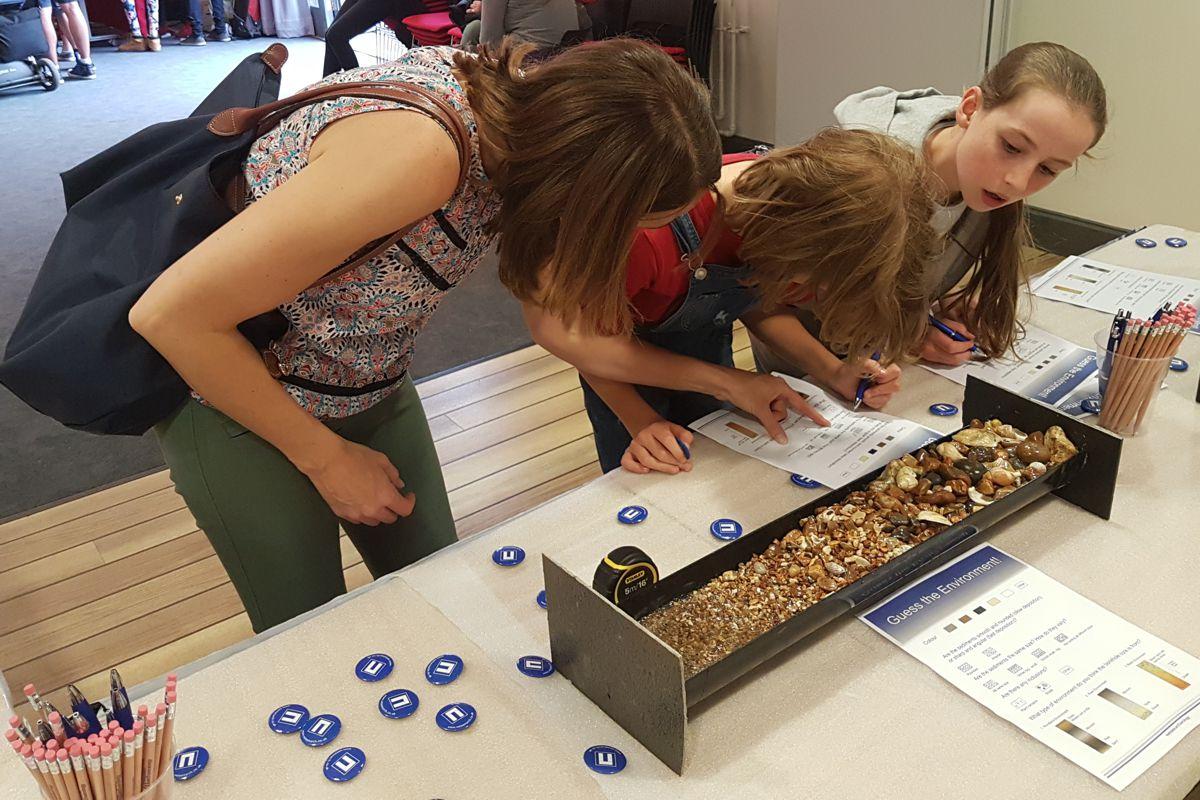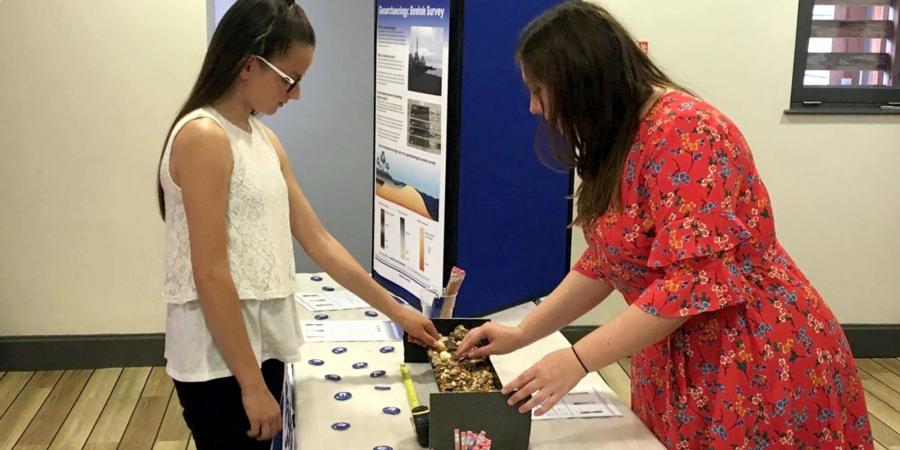On Tuesday 19th June, Sophie Clarke and Holly Rodgers attended a Women in STEM Industries event at the SS Great Britain marking 100 years since the first women were given the vote in the UK.
Timed to coincide with the build-up to International Women in Engineering Day 2018 (INWED) on 23rd June, this free event welcomed students and their families to ‘explore engineering’ and learn more about the diverse range of careers within science, technology, engineering and maths (STEM).
Aimed predominantly at secondary school students, a series of hands-on activities were run by professionals from different scientific and engineering backgrounds to demonstrate real-life examples of how careers in the STEM sector work in practice.
Representing two different departments – and indeed specialisms – within Wessex (Sophie from the Finds department and Holly from the Geoarchaeology department), Sophie and Holly created new resources representative of tasks they carry out as part of their job roles for visitors to have a go during the SS Great Britain event.
Grouping together an assortment of archaeological artefacts, Sophie created several ‘sort me’ bags for visitors to separate out into material type (ie, animal bone, flint, fired clay, lead, copper alloy, glass, pottery and tile); putting on a lab coat and gloves whilst assessing the finds!
Sophie also brought along some of the Wessex handling collection, made up of a variety of artefacts from a range of site types and historical periods. Items included: a prehistoric horse skull, Neolithic flint scrapers, Bronze Age pottery, a Roman amphora, tesserae and fibula brooch, medieval green glazed London type ware pottery, a Victorian ink bottle and toys, lead musket balls and 20th-century glass beer and sauce bottles.


Collecting sediments from Southsea beach in Portsmouth, Holly produced a replica borehole core by sieving the sands, gravels and shells into sorted sizes, pouring the graded sediments into a cut piece of drainpipe and casting them in resin to create a tactile resource similar to the borehole cores assessed as part of her role to reconstruct past environments.
Following a ‘guess the environment’ work sheet, visitors were encouraged to scientifically deduce which type of setting (woodland, river or beach) the replica borehole core represented by answering questions based on; sediment type (silt/clay/sand/gravel), colour, shape (rounded or angular), sorting, and inclusions (ie, plants remains or shells).
Both Sophie and Holly thoroughly enjoyed the event! It was fantastic to see so many young people interested and having a go at the range of science and engineering activities available on the day, demonstrating the vast array of career types open to people who study STEM subjects.
To read more about event, see the SS Great Britain news page.
